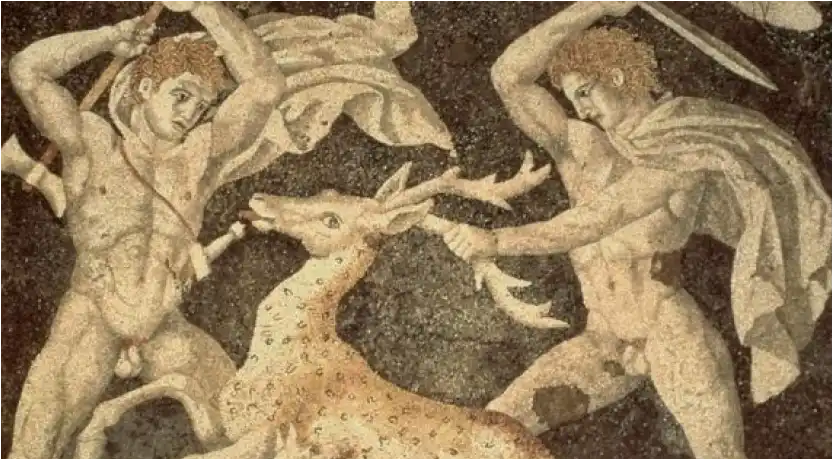Before the reign of Philip II, the Macedonian army was a relatively unremarkable, semi-feudal levy. Yet within a single generation, it was transformed into the most dominant military machine of the ancient world. Understanding how the Macedonian army became an unstoppable force requires looking at the brilliant reforms of Philip II, who created a professional, combined-arms military that would go on to conquer the known world under his son, Alexander the Great.
Table of Contents
Pike-Wielding Phalanx
The core of the Macedonian army was its infantry, organized into the formidable Macedonian phalanx. Philip armed his infantrymen (the pezhetairoi, or “foot companions”) with an incredibly long, two-handed pike called the sarissa. This pike, which could be up to 18 feet long, allowed the phalanx to present a dense wall of spear points to the enemy, keeping them at a distance. The first five ranks of the phalanx could all engage the enemy simultaneously, creating an overwhelming offensive and defensive formation.
🐎 The Elite Companion Cavalry
While the phalanx provided the solid anvil of the army, the hammer was the Companion cavalry (hetairoi). This was the elite heavy cavalry unit, composed of Macedonian nobles who fought alongside the king. They were superbly trained and equipped, and they specialized in shock tactics. The typical Macedonian strategy was to use the phalanx to pin the enemy infantry in place, while the Companion cavalry would exploit a gap and charge into the enemy’s flank or rear, shattering their formation and ensuring a decisive victory.
⚙️ Philip II’s Reforms and Combined-Arms Tactics
Philip’s true genius lay in his creation of a professional, combined-arms army. He turned the army into a full-time, state-paid profession, which allowed for constant drilling and the development of unparalleled discipline and unit cohesion. He integrated different troop types—the heavy infantry of the phalanx, the elite cavalry, lighter infantry (hypaspists), and siege engineers—into a single, coordinated fighting force. This ability to use different military assets in concert is what made the Macedonian army so much more flexible and effective than the hoplite-centric armies of the Greek city-states.
Roisman, Joseph, and Ian Worthington, editors. A Companion to Ancient Macedonia. Wiley-Blackwell, 2010.
More Topics
- Curses: The History of the Evil Eye and Binding Magic
- Magical Plants: A Witch’s Garden of Herbs and Poisons
- Roman Magic: Curses, the Strix, and Everyday Protection
- Circe: The Greek Sorceress of Transformation and Myth
- Greek Magic: Hecate’s Power, Oracles, and Enchantresses
- Japanese Magic: Yōkai, Onmyōdō, and Supernatural Folklore
- Empress Chen Jiao: The Royal Scandal of Witchcraft in Han China

